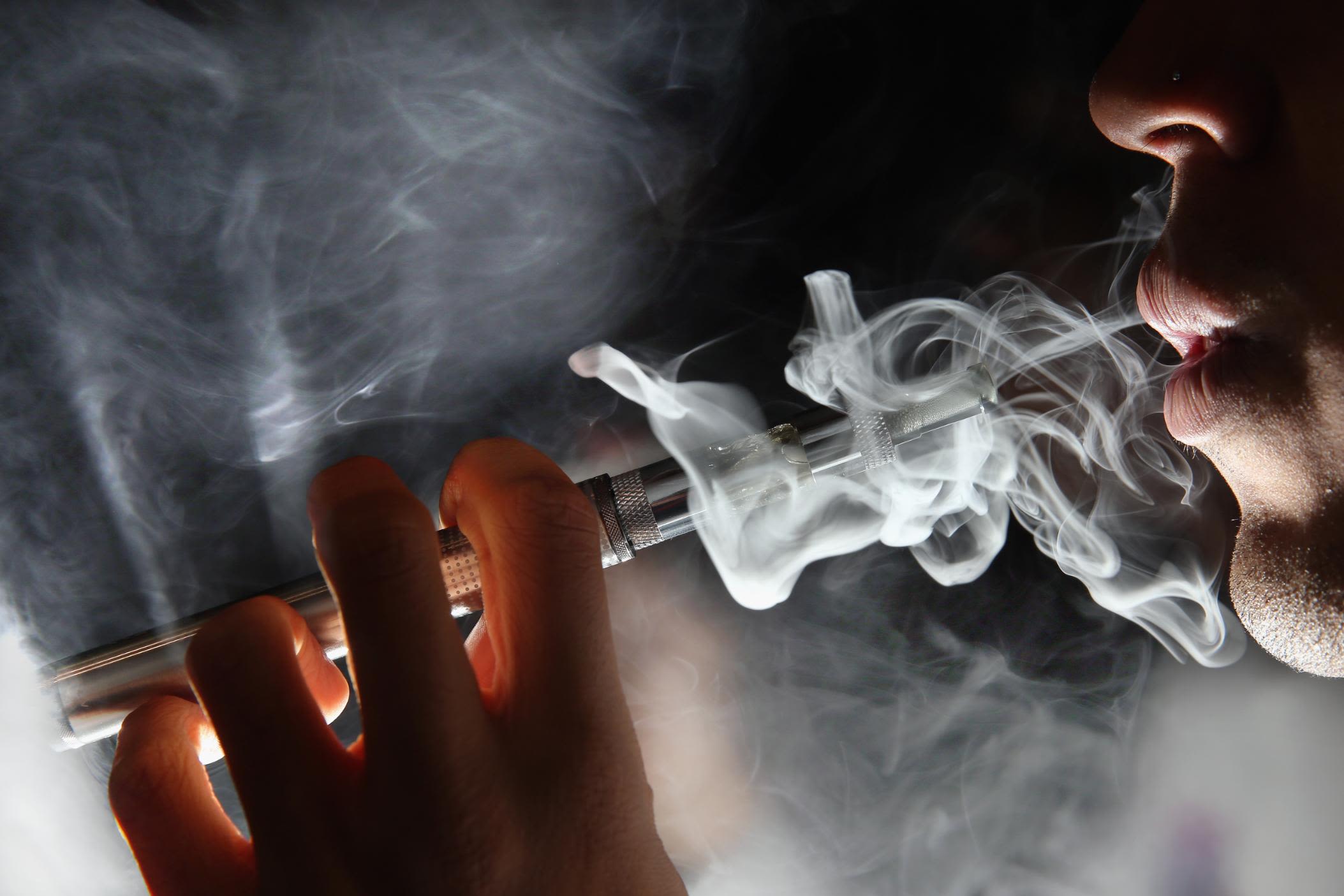In recent years, the Cake Disposables Vaps phenomenon has swept across the globe, captivating the attention of both the young and the old. Vaping, often touted as a safer alternative to traditional smoking, has gained significant traction, especially among the younger generation. Public interest has been piqued by the sleek designs, enticing flavors, and the promise of reduced health risks compared to conventional cigarettes. However, beneath the surface of this growing trend lie various concerns that deserve careful consideration.
Vaping, or the use of electronic cigarettes, involves inhaling vaporized liquids often containing nicotine, flavorings, and other chemicals. Proponents argue that vaping can aid in smoking cessation, potentially helping long-term smokers transition away from harmful tobacco products. The availability of an array of flavors has also contributed to the appeal, with enthusiasts enjoying choices ranging from classic tobacco to fruity and dessert-inspired options.
Nonetheless, the surge in vaping has raised alarm bells within health and regulatory circles. Critics worry about the potential for vaping to normalize nicotine use, particularly among adolescents who might be drawn to the attractive packaging and flavors. The ease of access and discreet nature of vaping devices have ignited concerns about a new generation becoming addicted to nicotine, undermining the progress made in tobacco control.
Furthermore, the long-term health effects of vaping are still under scrutiny. While vaping is often positioned as a safer alternative to smoking, the absence of extensive research on the potential risks makes it challenging to definitively assess its health implications. Cases of severe lung injuries linked to vaping, particularly in the form of illicit or counterfeit products, have only added to the complexity of this issue.
In response to these concerns, lawmakers and health organizations have been grappling with how to strike a balance between providing harm reduction options for adult smokers while safeguarding young individuals from the potential allure of vaping. Regulations have been implemented to limit the marketing and accessibility of vaping products to minors, and there have been discussions about clearer labeling of products and their potential risks.



